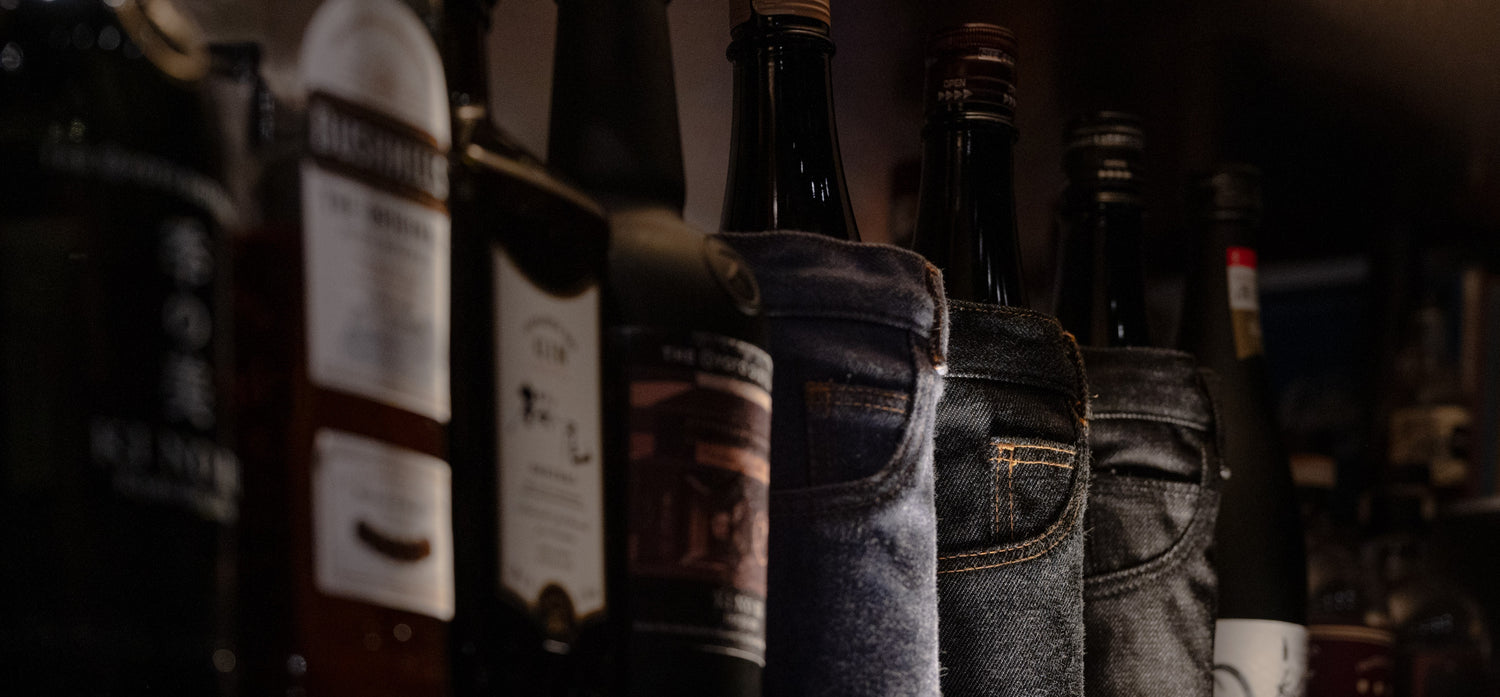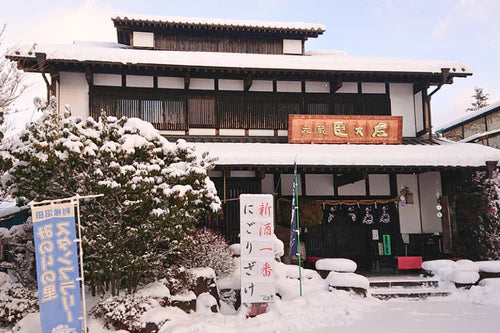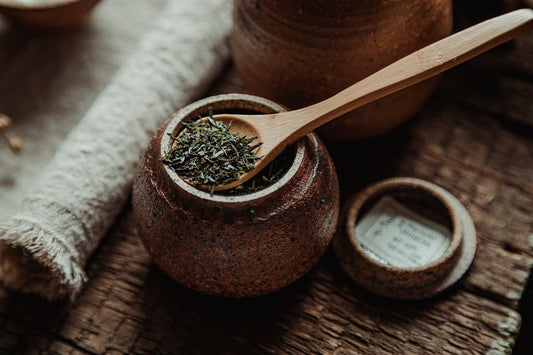Are you new to the world of sake and have questions about this unique drink? Don't worry; you're not alone. At Sakura Town, we understand that many customers are new to enjoying sake and may feel overwhelmed with the different varieties and customs that come with it. You may be wondering which sake to choose, how to drink it, or how to even pronounce the word "sake."
While there are formal ways of drinking sake, it's important to remember that the point of sake is to enjoy its flavor. Please don't feel intimidated by the customs that come with it. As you try different bottles, you'll naturally learn more about the world of sake and how to appreciate it as they do in Japan.
Sake is an exciting and easy-to-enjoy alcoholic beverage that offers many ways to drink it. In this article, we'll take a closer look at how to drink sake the Japanese way—perfect for beginners. So let your doubts and fears melt away, and dive into the world of sake with confidence.
Sweet comes in a range of alcohol content
Turn up the temperature to pump up the taste
2. How to enjoy sake, both cold and hot
How to heat sake
3. How to serve sake the right way
4. It's not a shot, so sip it
5. Drink with good food
6. Toast those you're drinking with
7. How to pronounce “sake” correctly
8. Learn about the different types of sake
Don’t forget koshu!
9.Relax and enjoy the sake
1. How to choose Japanese sake?
As with all types of drinks, people's taste preferences will differ. You might like dry sake, while others prefer a sweeter or milder taste.
Due to the many types of sake available, exploring these to learn what tastes you prefer is fun. You should also consider the percentage of alcohol content, as it can range from 7% to 17%.
Sweet comes in a range of alcohol content
Suppose you enjoy fruity wines with less alcohol. In that case, we recommend a sweeter sake that naturally has a lower alcohol content giving it a rich, fruity aroma that many enjoy.
One sake from our Junmai range, Junmai THE, has such an intense fruit flavor that when you smell and taste it, you might even think it's a fruit-infused sake. This taste is entirely different from that of ordinary sake, in a good way, which is why it's a good sake for beginners if you prefer low-alcohol beverages.
However, if you prefer a more potent drink, this recommendation isn't for you. We have something for those of you who prefer the higher alcohol category.
Turn up the temperature to pump up the taste
For those unfamiliar with this, sake can also be enjoyed hot. Warm sake is served between 104°F and 113°F (40 to 45°C). Some people prefer to drink it this way, especially during the colder months.
 How heating sake affects the flavor
How heating sake affects the flavor
When drunk at room temperature, the best types of sake to drink hot are those with a full-bodied flavor and sour taste. It doesn't become as aromatic as a sweeter sake by heating this type of sake, which is why it is ideal for drinking warm.
HOTTO, which you can buy at Sakura Town, was designed to be drunk hot. It comes in at 15% ABV making it more than double the strength of Junmai THE, and it's not too strong as it's not hard liquor like whisky. Still, it does offer an alternative taste to ordinary chilled or room-temperature sake.
 Learn more about HOTTO
Learn more about HOTTO
2. How to enjoy sake, both cold and hot
As we mentioned already, sake can be drunk both cold and hot. This depends on the type of sake; some are served chilled, while others are served warm.
For sake with an intensely fruity aroma and flavor, such as junmai ginjo sake, low-alcohol sake, and sparkling sake, it is best to drink it well chilled in a glass.
Many people may find it strange to drink sake warm. But sake warmed to near body temperature has a very gentle and mild taste, especially during cold weather. It is delicious as it warms the body from the inside out.
How to heat sake
There are two ways to heat sake. The first and fastest method uses the microwave, while the second is by slowly heating the sake in a hot water bath.
Warming the sake can completely change the flavor compared to drinking the same bottle chilled or at room temperature. Also, it's normal (and fun) to drink warm sake from cups made from clay.
3. How to serve sake the right way
In Japan, it is common for people who drink together to pour drinks for each other, especially when serving sake. One key rule is that you should never pour it for yourself. In Japanese culture, this is considered rude.
Also, if someone is pouring sake for you, it is polite to lift your glass with both hands, one on the side and one underneath, to receive it. These small steps will make a big impression if you drink sake with someone from Japan.

If your glass is empty and no one has refilled it, you can raise it in the same way, signaling that you'd like someone to pour you more. Remember to also keep an eye on the level of alcohol left in friends, family, or business partners' glasses, so you're ready to top theirs off when it gets low!
4. It's not a shot, so sip it
Even though sake is often served in a small glass or cup, it is not to be drunk like a shot all in one go, oh no! Instead, sake should be enjoyed with small sips. This way, you can enjoy its authentic taste over time, not just seconds.
The reason the cup is so small is so you can drink high alcohol content variations gradually, savoring the taste on your tongue and appreciating the pairing with a meal.
Enjoying sake in this traditional way is perfect for sharing with family and friends, which the Japanese often do.
5. Drink with good food
What's better than drinking sake? Drinking sake with great food. The beautiful thing about sake is that it pairs well with various cuisines, not just Japanese!
Even sake enthusiasts are known to pair Japan's famous alcoholic beverage with cuisines such as Italian and French and even with spicy food such as Indian or Thai. That said, sake also goes well with desserts and sweets like chocolate.

Sake is an excellent alcoholic drink for a party with many different appetizers. Or if a friend is playing host for the evening, with everyone bringing different foods, why not bring a bottle along? You might even meet another sake enthusiast or help somebody become one.
6. Toast those you're drinking with
We've already mentioned the correct way to serve sake. Still, as with any alcoholic drink, you should toast the other people you're with once everyone's glasses are filled. In other countries, there are various ways to toast before drinking alcohol.
Just like in English, you would say "Cheers!" before drinking, and in French, "Santé" or in Italian, "Salute"—in Japanese, you say, "Kanpai!"
If you really want to impress your friends, try toasting with kanpai the next time you drink sake together!

7. How to pronounce “sake” correctly
Pronunciation of Japanese words can take time and effort. While the Japanese call sake nihonshu, it's widely known in the rest of the world as “sake.” But how do you pronounce it correctly?
Many think that sake is pronounced like another of Japan's loves, karaoke. But sake is pronounced saké as if the final letter has an upward accent. Phonetically this would sound like sah-keh, not sah-kee, as we've heard it pronounced a few times.
Fortunately, it's a simple word once you know how to pronounce it correctly. Best of all, now you'll be able to impress those that you're drinking with by saying it right. Plus, when discussing it with others, you'll be able to distinguish between someone who knows nothing about sake and those who are more experienced just by hearing them pronounce it correctly.
8. Learn about the different types of sake
There are hundreds, if not thousands, of sake brands, but there are three main categories:
- Junmai-shu
- Ginjo-shu
- Honjozo-shu
As well as the difference in rice polishing ratio, the other main difference is that junmai sake is made with only rice, koji (rice malt), and water. However, ginjo-shu and honjozo-shu have "brewing alcohol" added.
Then, the difference between ginjo-shu and honjo-shu is the rice polishing ratio and the production method.

Ginjo-shu is made using the "ginjo-zukuri" method, in which well-polished rice is fermented at a lower temperature for a longer time than usual, resulting in a fruity and floral aroma. Honjozo sake is less sweet with a clean, dry taste.
Don’t forget koshu!
There are also other types of sake. One of these is koshu, which is sake aged in the barrel longer, giving it a more robust taste than regular sake.
While there is no clear definition of how long sake must age to be classed as koshu, generally, sake that has been aged at the brewery for at least three years, excluding sugar-added sake, is considered to be koshu.
It is similar to vintage wine. Koshu is characterized by its brownish appearance and rich aroma of coffee and spice flavors. Some can taste like a thick, sweet caramel with moderate acidity and bitterness.
If you're adventurous, why not try this and other types of sake? For example, sparkling or nigori sake, to name a couple.
9. Relax and enjoy the sake
Now that you have learned about some traditional Japanese customs for drinking sake, you're all set for a fun night with friends to enjoy this delightful drink that brings people together.
But don't feel like you have to limit yourself to just sipping sake on its own. At Sakura Town, our goal is to share our love of sake and the rich cultural heritage it represents with as many people as possible.
So go ahead and experiment with pairing it with different foods and see what combinations you like best. Cheers, or as the Japanese say, kanpai!






